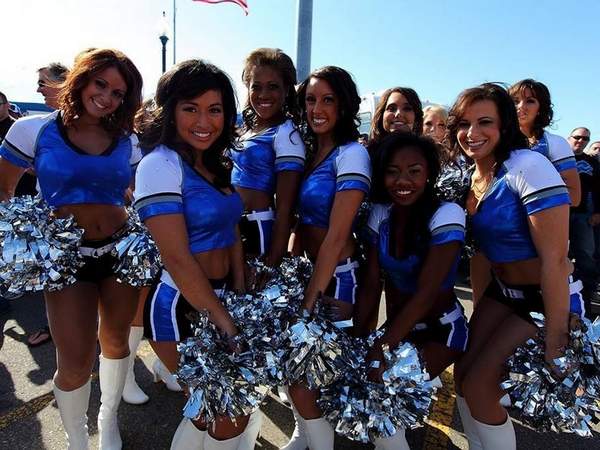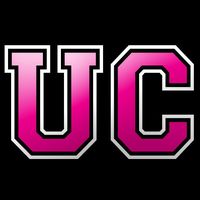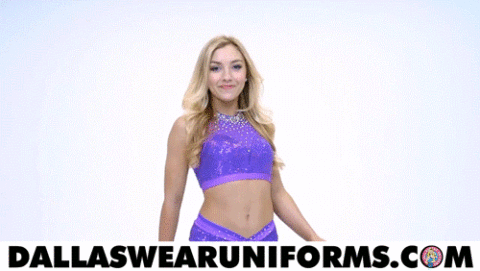Cheerleaders haven’t stopped Cowboys from winning, so why not for Lions?
By Carlos Monarrez
Sports Writer
Detroit Free Press
April 13, 2013
Can 26 of 32 NFL teams be wrong about having cheerleaders? How about 34 of 47 Super Bowl winners?
During a town-hall meeting Tuesday at Ford Field, Lions president Tom Lewand reiterated the team’s opposition to cheerleaders.
“I’m a traditionalist,” he said. “… The Packers, the Giants, the Steelers, the Bears — those original teams in the NFL, those are teams that also don’t have cheerleaders.”
Lewand is only partly right. The Honey Bears cheered in Chicago from 1976-85. The Packers were cheerleader pioneers in 1931 and Vince Lombardi himself ordered the creation of a more professional squad that used various names in 1961-86. The Steelerettes were amateur coeds who performed in Pittsburgh from 1961-69.
While six teams don’t have cheerleaders, the Lions, Browns and Giants remain the only teams that never have used them. Lewand equated that with winning.
“And I think there’s something about keeping the focus on the field,” he said, “and something about making sure that winning the game is the most important thing.”

The Detroit Pride are the unofficial Lions cheerleaders. Sounds like an official crew is not on the horizon. / DFP file photo
Cheerleaders definitely don’t distract anyone at Ford Field from the constant commercials that play on giant video screens or the silly races that are run during time-outs between actors in sponsored doughnut costumes.
As for that winning focus, the Dallas Cowboys have managed to ignore football’s preeminent cheerleaders on their way to five Super Bowl titles. General manager Tex Schramm knew pompoms and pigskins both were forms of entertainment.
“I think a lot of people do come to see what takes place at time-outs and at halftime, (which are) the cheerleaders that are involved,” said Gil Brandt, Dallas’ vice president of player personnel in 1960-89. “I don’t think that it took away from people’s appreciation of the football game. I don’t think they came to see the cheerleaders; I think they viewed the cheerleaders as a complementary piece to the football game.”



